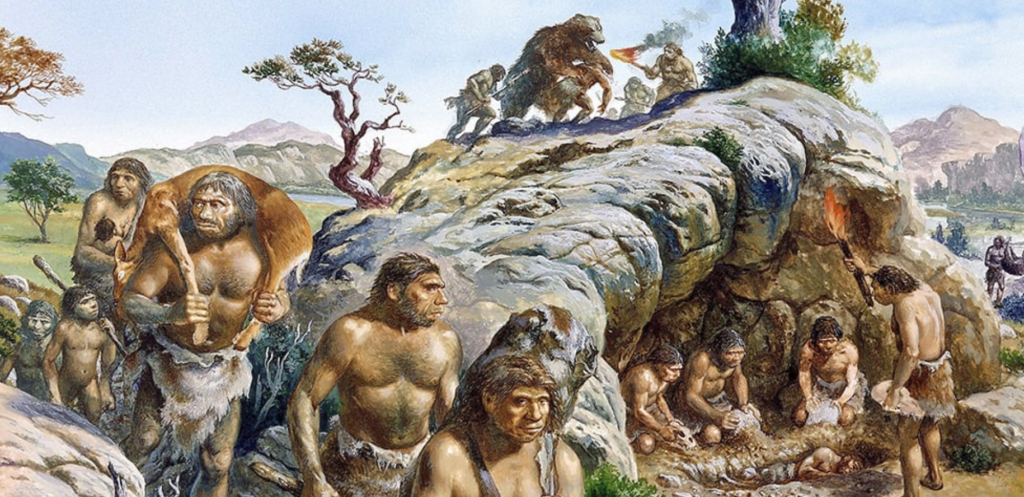
According to one study, human ancestors in Africa were on the verge of extinction around 900,000 years ago. The study, published in Science, implies that our ancestors’ population was drastically reduced long before our species, Homo sapiens, appeared. The breeding population was reduced to just 1,280 individuals and did not grow again for another 117,000 years.
The discovery of this bottleneck may explain the chronological gap
“About 98.7% of human ancestors were lost,” says Haipeng Li, a population geneticist at the University of Chinese Academy of Sciences in Beijing, who co-led the study. He says that the fossil record in Africa and Eurasia between 950,000 and 650,000 years ago is patchy and that “the discovery of this bottleneck may explain the chronological gap”.
The small size of the population intrigued Nick Ashton, an archaeologist at the British Museum in London who penned a related perspective.
“This would imply that it occupied a very localized area with good social cohesion for it to survive,” he says. “Of greater surprise is the estimated length of time that this small group survived. If this is correct, then one imagines that it would require a stable environment with sufficient resources and few stresses on the system.”
The researchers were able to reconstruct past population patterns using genetic data from present humans
The researchers had to create new tools in order to prove their findings. Scientists’ grasp of population sizes after modern humans evolved has increased because of advances in genome sequencing, but the researchers created a system that allowed them to fill in details about earlier human ancestors. According to Serena Tucci, an anthropologist at Yale University in New Haven, Connecticut, such work is desperately needed.“We still know very little about the population dynamics of early human ancestors for several reasons, including methodological limitations and difficulties in obtaining ancient DNA data from old Homo specimens,” she says.
Using genetic data from present humans, the researchers were able to reconstruct past population patterns. The researchers were able to investigate the finer branches of the tree with greater precision by creating a complicated family tree of genes, revealing major evolutionary events.
The method “puts the spotlight on the period 800,000 to one million years ago — for which there is much unknown — in a way that hasn’t been done before,” according to Stanley Ambrose, an anthropologist at the University of Illinois at Urbana-Champaign.
This time period was part of the Early-Middle Pleistocene transition, which was characterized by dramatic climate change, with glacial cycles becoming longer and more intense. This resulted in extended periods of drought across Africa. According to Li, climatic change may have killed out human predecessors, forcing new human species to develop. These could have eventually evolved into the last common ancestor of modern humans as well as our extinct ancestors, the Denisovans, and Neanderthals.
It represents a key period of time during the evolution of humans
The population of pre-humans began to grow again around 813,000 years ago. How our ancestors survived and thrived again is unknown, according to Ziqian Hao, a population geneticist at Shandong First Medical University and Shandong Academy of Medical Sciences in Jinan and a co-author of the article. However, he believes that the bottleneck had a significant impact on human genetic diversity, influencing many critical traits of modern humans, such as brain size. He believes up to two-thirds of genetic variation has been lost. “It represents a key period of time during the evolution of humans. So there are many important questions to be answered,” he says.
Ashton would like to see additional archaeological and fossil data to back up the researchers’ claims. The authors “suggest that the bottleneck was a global crash in population,” he says, “but the number of archaeological sites outside Africa suggests that this is not the case. A regional bottleneck might be more likely.”
